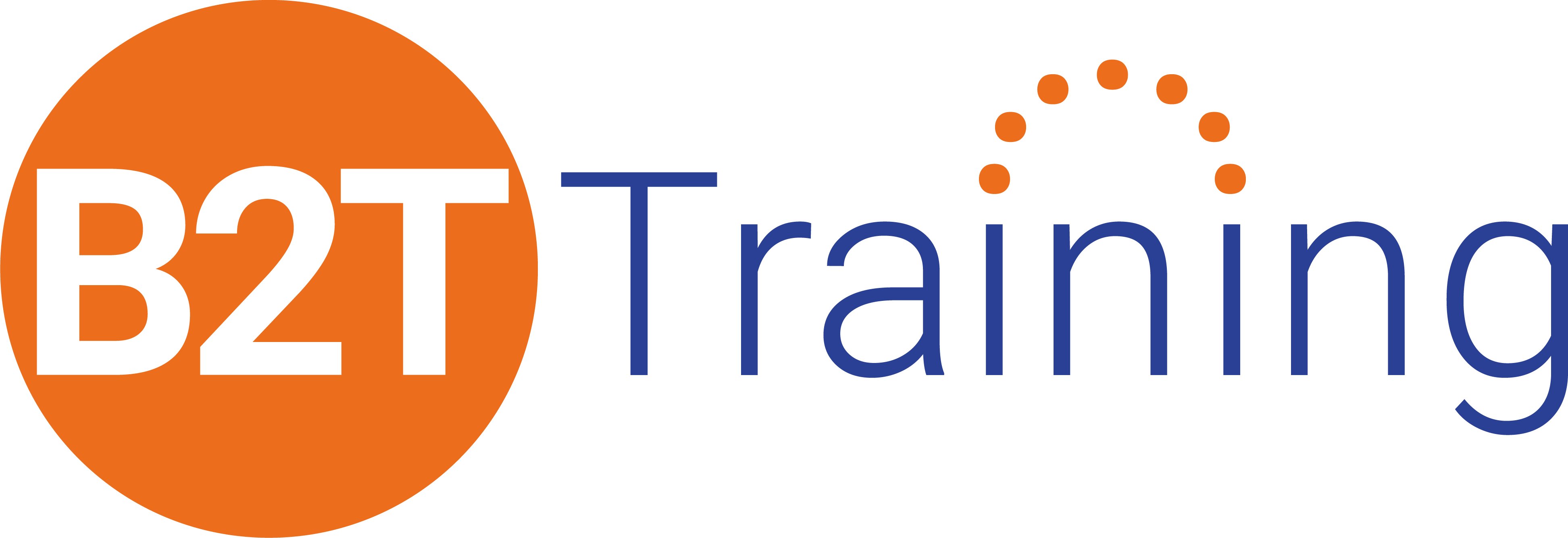What should your metrics tell you about your organization? They should tell you:
- Did we succeed with what we did in the recent past?
- Are we succeeding now?
- Will we succeed in the future?
Traditional metrics often measure outputs, not outcomes. In an ‘agile world’, we need to understand if what we are doing is producing results and delivering value. If we don’t, we might not be able to keep up with the competition and may not survive. We need to focus on measurements that tell us the story of how we are doing now and in what direction we need to head. Let’s look at some metrics, and better yet, let’s look at the questions you might want to ask to get the best metrics for your organization. There are hundreds if not thousands of metrics to capture, but which ones will help your organization deliver value continuously and therefore be more successful?
Measuring the Wrong Thing
- How many hours did you work?
- How many client hours could you bill?
- How many pages of documentation did you build for them?
- The percentage of their students who are placed into jobs
- The students’ ability to get a job that pays back their tuition
- Ability of the student to use what they learned at school in their jobs
Measurement for Value
What we want to measure is outcome, not output. Measuring outcomes will help us hone our organization to target production of the products and services that will satisfy, delight, and excite our customers! There are also some outcomes we can measure that tell us how well our teams work together and how happy and successful we are in our work and in working with others. We will look at business success, solution option and delivery success, and team and individual success.
Individual Success
- Run surveys
- Have a ‘happiness thermometer’ and track where employees fall on it every day
- Elicit a Net Promoter Score

Team Success
- How well they feel they collaborate together
- How often they huddle
- How well they feel that they problem-solve together How well do they come to consensus on team decisions If they feel that their work is meaningful
Solution Success
- Is the solution being used?
- Is it operating as expected?
- Does the business recognize that the solution attributes to success?
- Value points delivered per release
- Customer lead times
- Quality indices (or low defect rates)
- Scalability
- Contribution margin – how do our products contribute to our profits? Number of stars on crowd-sourced forums
- Increase in brand awareness
- Customer satisfaction scores
- Customer net promoter scores
- Reduction in complaints
- Adherence to regulations
- Innovation achieved
Business Agility Metrics Worth Capturing
- Metric Name: Customer Lead Time
- Metric (Calculation): Number of days from request to delivery. How to Obtain: using our Kanban, track the time from the point that the customer requests the product or service to the point in time that it is delivered.
- How to Visualize: on the Kanban
Thank you!
– Ali
Editor’s Note: This blog post has been previously published by B2T on our previous website. Due to its popularity, Ali has updated its content to be more comprehensive and accurate for the state of today’s environment.

Ali Cox
LEAD EXPERT
Alison (Ali) Cox has experience since the mid-1980s in various areas, including business agility, business analysis, project methodology development and training, systems development (mainframe, client-server, and web), and telecommunication expense management. She began her career in the financial services area, and then moved into systems development for accounting systems.
Ali has lived through IT and operational initiatives from waterfall to implementing agile in her own small business, then helping other companies do the same through training and mentoring. She believes that having the small business mentality (everyone has to pitch in on everything) is the right kind of mindset for all organizations, no matter the size or industry.
Ali is the author of Business Analysis for Dummies, 2nd Edition.




